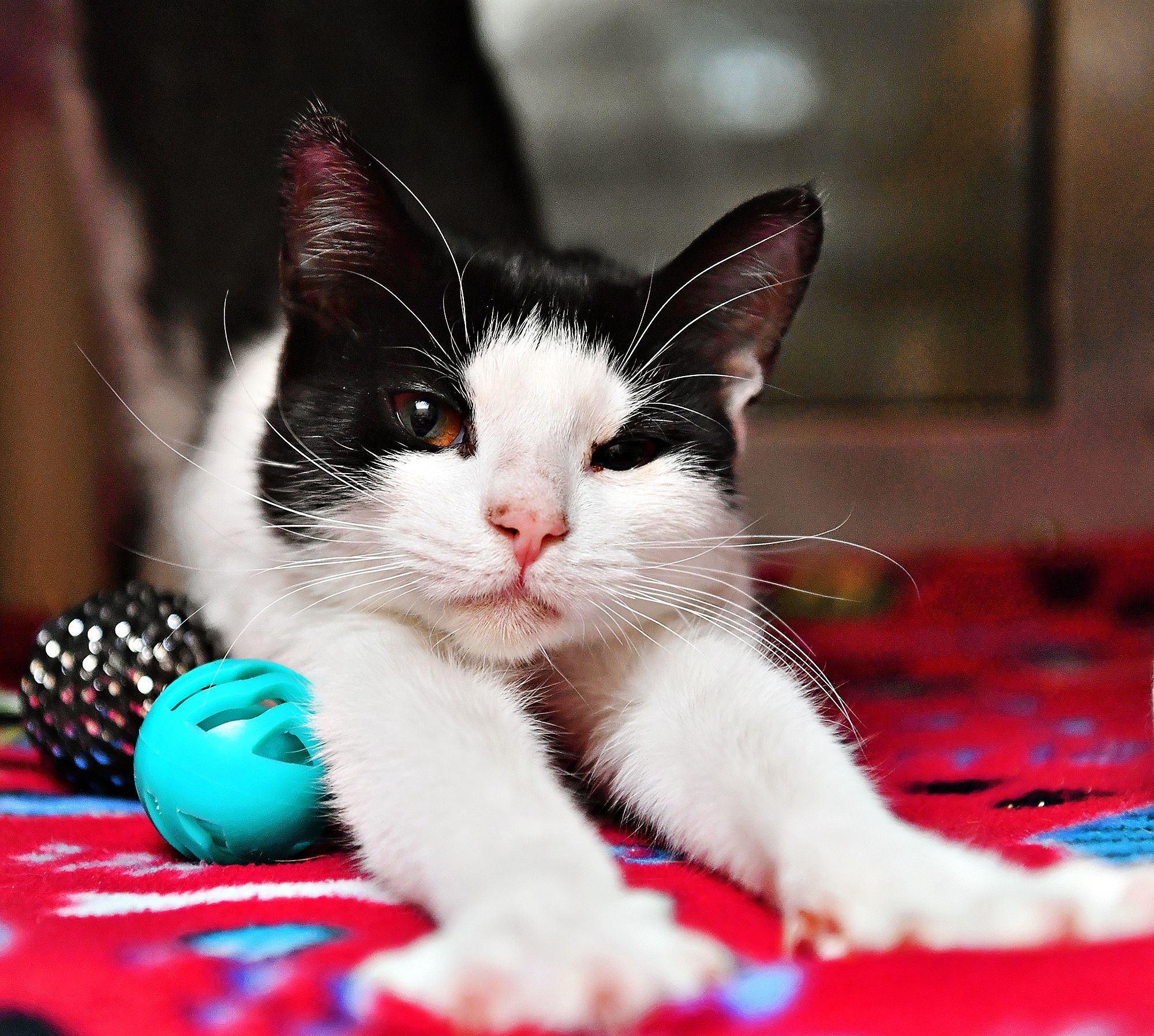
For many decades, declawing, or onychectomy, was a procedure that was routinely performed by veterinarians on house cats. The larger veterinary community, including the American Veterinary Medical Association, has since shifted in opinion regarding the suitability of declawing cats as an elective procedure. The AVMA and many state veterinary medical associations have released statements discouraging routine elective declawing procedures, endorsing the procedure only when medically necessary, and after a thoughtful discussion between pet owner and veterinarian. In 2019, New York became the first state to outlaw declawing of cats without a medical reason, with more likely to follow in the coming years.
Declawing is a painful surgical procedure in which the claw and bone to which it is connected is amputated from the end of each toe, either with a scalpel, a laser, or guillotine clipper. In a human, this would be equal to amputating each finger at the level of the first knuckle.
In the short term, this procedure causes post operative pain, lameness, and can cause infection and tissue death. Removing the claws and bone changes the way the cat's weight is carried and how the toe is held on the ground when standing. This can lead to long term pain and arthritis in the feet and back. If the procedure is performed incorrectly, there can be painful regrowth of abnormal claws, nerve damage, and bone spurs. Pain from any of these complications, as well as the removal of a nature defense can cause some cats to develop behavior issues, litter box avoidance, and may lead to recurrent biting.
Scratching is a natural behavior for domestic cats. It conditions the claws, marks the cat’s territory, and provides muscular strengthening and stretching. Though natural, this behavior can become destructive or cause injury. The following alternatives to declawing are recommended:
- Frequent nail trims – about once every 2 weeks
- Providing appropriate scratching surfaces – most cats prefer vertical scratching surfaces that allow them to stretch to full height. Providing a variety of shapes and materials (carpet, cardboard, rope, etc.) allows your cat to choose which they like the best. Placing these in front of furniture or door frames where they have been destructive can redirect them to using the scratching post instead.
- Scenting the scratching posts with catnip or pheromone sprays encourages scratching.
- Application of plastic nail caps to the trimmed toenails – these should be replaced as they fall off, about every 4-6 weeks.
- Positive reinforcement for scratching on appropriate surfaces, instituted as young as possible. Positive reinforcement can include petting/cuddling (if your cat enjoys this), food treats, or other attention.
- Discourage scratching of inappropriate surfaces by covering them with sticky tape or tin foil.
Keeping our pets healthy and pain free while also maintaining our human-animal bond with them is very important. We encourage all cat owners to direct any questions or concerns they may have regarding their pet’s health or behavior to their primary care veterinarian.








